
Eating Her Curries and Kway
Eating Her Curries and Kway
A Cultural History of Food in Singapore
NICOLE TARULEVICZ
UNIVERSITY OF ILLINOIS PRESS
Urbana, Chicago, and Springfield
2013 by the Board of Trustees
of the University of Illinois
All rights reserved
Manufactured in the United States of America
C 5 4 3 2 1
 This book is printed on acid-free paper.
This book is printed on acid-free paper.
Library of Congress Cataloging-in-Publication Data
Tarulevicz, Nicole.
Eating her curries and kway : a cultural history of food in
Singapore / Nicole Tarulevicz.
pages cm.
Includes bibliographical references and index.
ISBN 978-0-252-03809-9 (hardback)
1. Food habitsSingapore. 2. Food preferencesSingapore. 3. SingaporeSocial life and customs.
I. Title.
GT2853.S56T37 2013
394.12095957dc23 2013031280
For my parents, who taught me the pleasures of kitchen, table, and plate.
Contents
Acknowledgments
As with all such projects, this one was made possible by funding. Generous assistance from Cleveland State University, in the form of Faculty Start-Up Funding, allowed me to undertake a major initial research trip to Singapore. I received a New Appointees Research Grant from the University of Tasmania, which supported the second research trip to Singapore. Seed funding from the Centre for Colonialism and Its Aftermath, University of Tasmania, was especially timely and very gratefully received.
The research for this project was conducted during a number of trips to Singapore, and I offer my sincere thanks to the staff of the National Library of Singapore for all their assistance. I also thank the National University of Singapore Library and especially the universitys Department of History for their help and welcome.
I have found the process of seeking copyright permission to illustrate the book to be both challenging and frustrating, and there are a number of images that I am sorry that I am not able to include. I am, however, extremely grateful to the individuals and companies who let me reproduce their work. In particular, I thank Singaporean artist Jiahui Tan, whose work is inspiring and for whom I predict great things to come.
In writing about a country that is not my own, I have come to rely on my Singaporean friends. Hundreds of meals were sharednot only in Singapore but in visits and at conferences (who could forget Fat Matts Rib Shack, the delicious smoky ribs and the inspired songs: Ive got my one good eye on you, and its not enough?). I am sure Dr. Mark Emmanuel and Joanna Tan will recognize my nostalgia for sharing plates of chai tao kway. I thank them for their ongoing friendship, encouragement, and help.
Generously continuing to act as a mentor long after my graduate school years, Professor Antonia Finnane was instrumental in encouraging research that captured my imagination. I had been interested in food at the personal level and am delighted to have found an intellectual home in the study of food. As always, Antonias advice was sound. Associate Professor Rob Shelton has also been generous in his professional support long after I might have expected.
When I was at the initial stages of this project I received helpful guidance from colleagues at Cleveland State University, and I especially thank Associate Professor Tom Humphrey and Professor Liz Lehfeldt for their help with the manuscript proposal. Professor Joanna Waley-Cohen of New York University offered invaluable advice and timely encouragement for this project.
Thanks are also due to Associate Professor Wenqing Kang of Cleveland State University, who as a visiting scholar to the University of Tasmania not only did all the things expected in that role but took the time to read early drafts of several chapters. My most vexing chapter also received some very constructive feedback from Associate Professor Kristin Bayer of Marist College.
I am also deeply grateful to the reviewers of the completed manuscript and hope I have done justice to some fine suggestions. The generosity, close reading of the text, and constructive advice reminded me of the privilege of being in a supportive academic community. Thank you.
I have been blessed with a range of professional assistance, too. First, I thank Kendra Boileau, who saw the title of a conference paper I was giving and was sufficiently interested to seek me out. Second, I thank Dr. Bill Regier of the University of Illinois Press, who has been so gracious and forgiving of a manuscript that took much longer than intended. Ted Prassinos has been a willing assistant on more than one occasion, and I am thankful for his help and enthusiasm. I also thank Sheila Allison, who has the knack of illuminating what was hidden in the murk. She has been a joy to work with and I am grateful for her help.
Big projects are felt by those around uswe are less available, grumpier, preoccupied, and so forth. So I offer my thanks to my friends and family. As I was concluding my initial research for this project I had some medical misadventure. Such things remind us of the importance of friendship, and there are too many friends and colleagues to thank for their support. I would, however, like to thank Dr. Kylie Julian, who, as always, went above and beyond, and Dr. Mary Tomsic, who does so much and makes it seem so manageable.
When it came time to write these acknowledgments I realized that I have been thinking about and writing and editing this book the whole time Ive known my partner Dr. Eric Anderson. On one of our first dates we sat at the lake in front of the President James A. Garfield Memorial at Lake View Cemetery for so long, reading and talking about the manuscript reviewers comments I had just received, that we were locked in the cemetery. This has been a consuming project, and Eric has offered support and encouragement beyond expectation, be that moving the verb in a sentence or moving half-way around the world. I am grateful for his intellectual and emotional support.
Eating Her Curries and Kway
INTRODUCTION
Audacious Fusion: Thinking About Singaporean Cuisine
When I think of Singapore I think of food, not just because I am a glutton, although I am. For me, Singapore is defined, at least in part, by the meals I have shared, by specific taste sensations, and by long conversations about food. It was over plates of chai tao kway (fried carrot cake, a dish of white radish and egg and no carrot at all), redolent with chili, that friendships were formed. My adventuresome eating served me well in the eyes of new Singaporean friends who, only half-jokingly, talked of the Western obsession with bland food and meal after meal of potatoes. My willingness to try things, to eat the slippery, the lush, and to ask endless questions about the food marked me as at least interesting.
In what can only be described as an appalling character flaw, I do not eat fish or seafood, a fact baffling to my Singaporean friends and the cause of some embarrassment for a scholar of food. I share this, not in a moment of confessional activity, but precisely because they find it both inexplicable and impossible to remember. The notion of not eating a category of food such as fish and seafood is to them quite perplexingto eat only halal food makes sense, to be vegetarian is also comprehensible, even a Buddhist diet would make sense. To avoid a food for religious or cultural reasons fits into their notion of food; however, to avoid a category of food (an ingredient or series of ingredients) on the basis of taste fails to make sense. Does the presence of
Next page
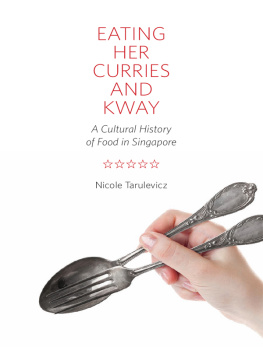

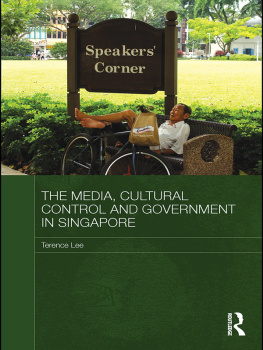
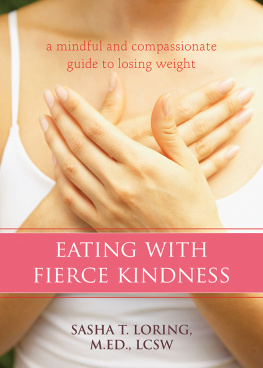
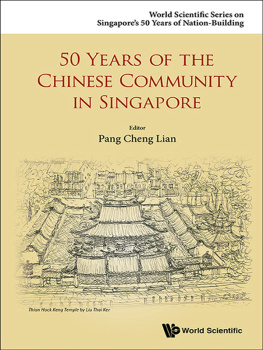
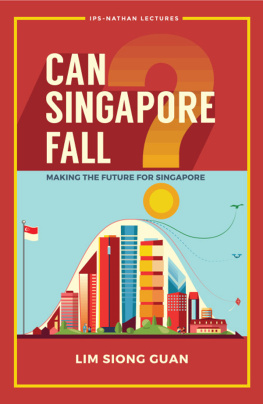

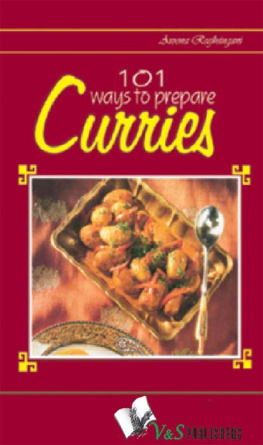
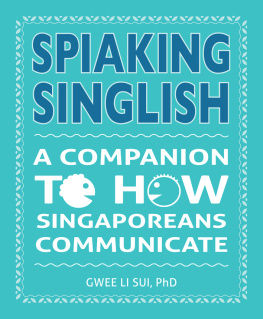
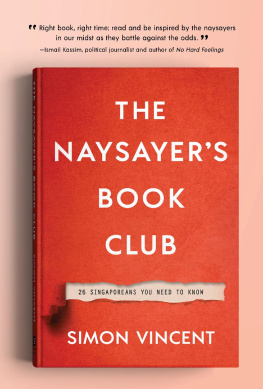
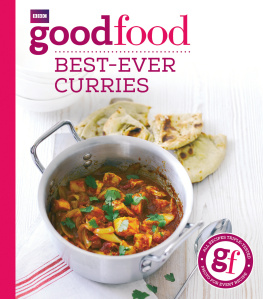



 This book is printed on acid-free paper.
This book is printed on acid-free paper.